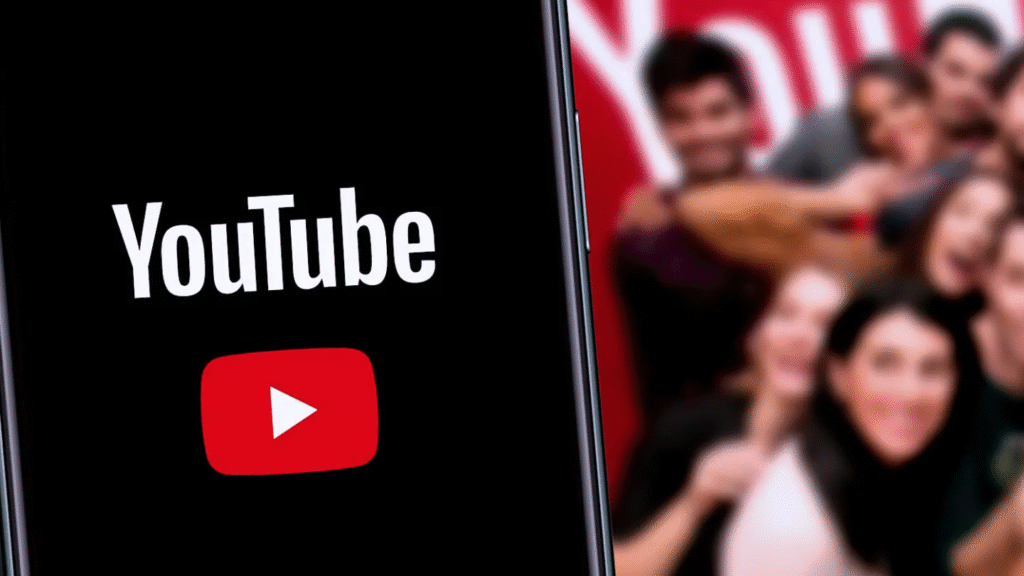YouTube will change the way it rewards creators to discourage repetitive or templated videos. Beginning July 15, the YouTube Partner Programme will more closely inspect channels that publish mass‑produced or low‑effort content. The aim is to direct ad revenue toward creators who offer unique and authentic videos.
YouTube’s monetisation rules have always required originality. Under the updated policy, creators must not reuse another person’s footage without significant alteration. In addition, videos must exist to entertain or inform viewers rather than simply chase views. The new guidance spells out that channels focused on clickbait or formulaic content will face stricter review.

Defining Mass‑Produced and Repetitive Content
YouTube identifies two problematic categories. The first covers unaltered or lightly edited clips borrowed from other sources. Creators may only use such material if they add new commentary or value. The second warns against videos that follow a boilerplate template (think reaction clips with generic titles or slideshow compilations with minimal effort).
The platform notes that these changes reflect the evolving tactics used by some channels to farm ad revenue. Future updates may address AI‑generated voiceovers or automated scripts that stitch together existing videos without offering fresh insights.
Impact on Creators and Eligibility
Creators must continue to satisfy YouTube’s base requirements (at least one thousand subscribers and four thousand watch hours in the last year or ten million Shorts views in ninety days) to earn money from ads. Channels that rely heavily on repetitive or borrowed content risk seeing their revenue share reduced or appeals rejected after July 15.
YouTube has not detailed specific penalties for policy violations but emphasizes that repeated infractions could jeopardize a channel’s participation in the Partner Programme. Channels may receive warnings, demonetisation of specific videos, or removal from monetisation entirely.
A Push for Authentic Creativity
The update aims to preserve YouTube’s library of diverse and engaging videos. The platform believes that by deterring the flow of ad dollars to copy-and-paste uploads, a creator will be motivated to spend time and creativity to create something original. With more and more short-form apps and new streaming services competing with YouTube, the media giant is betting big on exclusive long-form content to keep it on top.

YouTube plans to share further examples of what counts as inauthentic content in the coming weeks. Real-life tutorials, well-researched explainers, or imaginative storytelling will be rewarded by channels under the new model. Once the shift comes into action, the new policy will be published on YouTube’s official support pages, and creators will need to review them and adjust their video strategies. It is through originality and personal thoughts that creators can further expand their following and generate income, as YouTube once again tries to build a platform on quality content.





